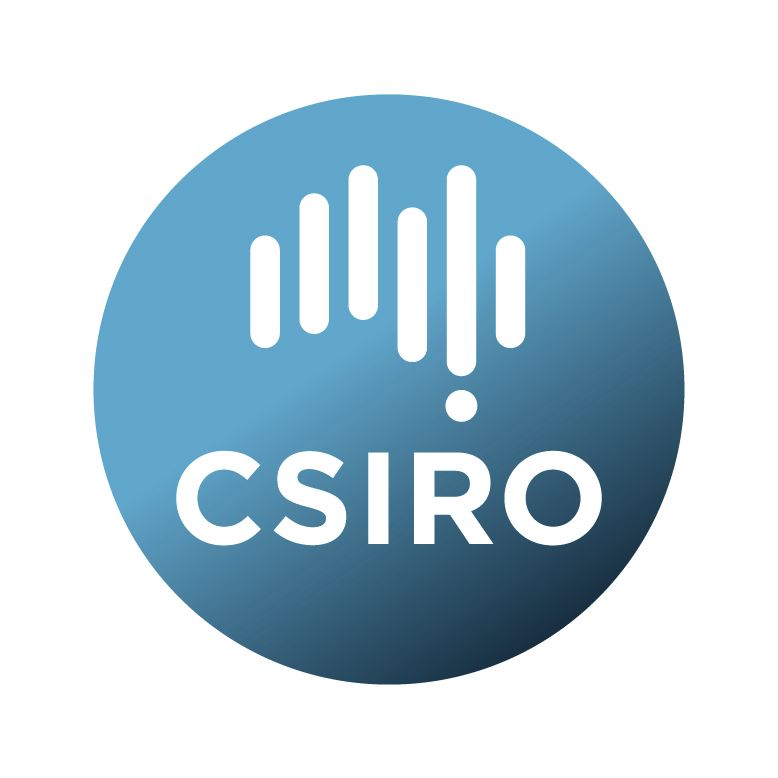Brief description
LiDAR_Point_Clouds, Classified. AHD have been preocessed to conform to the Australian Height Datum and converted from files collected as swaths in to tiles of data. The file formats is LAS.LAS is an industry format created and maintained by the American Society for Photogrammetry and Remote Sensing (ASPRS). LAS is a published standard file format for the interchange of lidar data. It maintains specific information related to lidar data. It is a way for vendors and clients to interchange data and maintain all information specific to that data.
Each LAS file contains metadata of the lidar survey in a header block followed by individual records for each laser pulse recorded. The header portion of each LAS file holds attribute information on the lidar survey itself: data extents, flight date, flight time, number of point records, number of points by return, any applied data offset, and any applied scale factor. The following lidar point attributes are maintained for each laser pulse of a LAS file: x,y,z location information, GPS time stamp, intensity, return number, number of returns, point classification values, scan angle, additional RGB values, scan direction, edge of flight line, user data, point source ID and waveform information.
Each and every lidar point in a LAS file can have a classification code set for it. Classifying lidar data allows you to organize mass points into specific data classes while still maintaining them as a whole data collection in LAS files. Typically, these classification codes represent the type of object that has reflected the laser pulse. Point classification is usually completed by data vendors using semi-automated techniques on the point cloud to assign the feature type associated with each point. Lidar points can be classified into a number of categories including bare earth or ground, top of canopy, and water. The different classes are defined using numeric integer codes in the LAS files. The following table contains the LAS classification codes as defined in the LAS 1.1 standard:
Class code Classification type
0 Never classified
1 Unassigned
2 Ground
3 Low vegetation
4 Medium vegetation
5 High vegetation
6 Building
7 Noise
8 Model key
9 Water
Lineage: Fugro Spatial Solutions (FSS) were awarded a contract by Geoscience Australia to carry out an Aerial LiDAR Survey over the Kakadu National Park. The data will be used to examine the potential impacts of climate change and sea level rise on the West Alligator, South Alligator, East Alligator River systems and other minor areas.
The project area was flight planned using parameters as specified. A FSS aircraft and aircrew were mobilised to site and the project area was captured using a Leica ALS60 system positioned using a DGPS base-station at Darwin airport. The Darwin base-station was positioned by DGPS observations from local control stations. A ground control survey was carried out by FSS surveyors to determine ground positions and heights for control and check points throughout the area. All data was returned to FSS office in Perth and processed. The deliverable datasets were generated and supplied to Geoscience Australia with this metadata information.
NEDF Metadata
Acquisition Start Date: Saturday, 22 October 2011
Acquisition End Date: Wednesday, 16 November 2011
Sensor: LiDAR
Device Name: Leica ALS60 (S/N: 6145)
Flying Height (AGL): 1409
INS/IMU Used: uIRS-56024477
Number of Runs: 468
Number of Cross Runs: 28
Swath Width: 997
Flight Direction: Non-Cardinal
Swath (side) Overlap: 20
Horizontal Datum: GDA94
Vertical Datum: AHD71
Map Projection: MGA53
Description of Aerotriangulation Process Used: Not Applicable
Description of Rectification Process Used: Not Applicable
Spatial Accuracy Horizontal: 0.8
Spatial Accuracy Vertical: 0.3
Average Point Spacing (per/sqm): 2
Laser Return Types: 4 pulses (1st 2nd 3rd 4th and intensity)
Data Thinning: None
Laser Footprint Size: 0.32
Calibration certification (Manufacturer/Cert. Company): Leica
Limitations of the Data: To project specification
Surface Type: Various
Product Type: Other
Classification Type: C0
Grid Resolution: 2
Distribution Format: Other
Processing/Derivation Lineage: Capture, Geodetic Validation
WMS: Not Applicable?
Available: 2014-11-27
Data time period: 2011-10-21 to 2012-06-30
Subjects
Biosecurity Science and Invasive Species Ecology |
Climate Change |
Climate and Weather: Ecology |
Climate Change Processes |
Climate Change Science |
Earth Sciences |
Engineering |
Environmental Sciences |
Ecological Applications |
Ecosystem |
Geomatic Engineering |
LIDAR |
Surveying (Incl. Hydrographic Surveying) |
Water salinity |
elevation model |
wetlands |
User Contributed Tags
Login to tag this record with meaningful keywords to make it easier to discover


